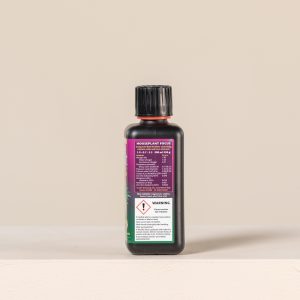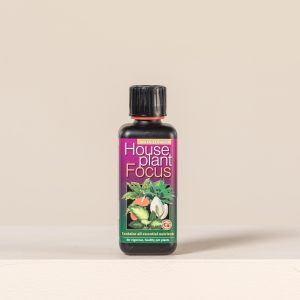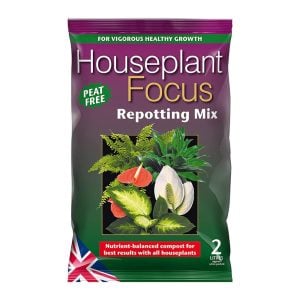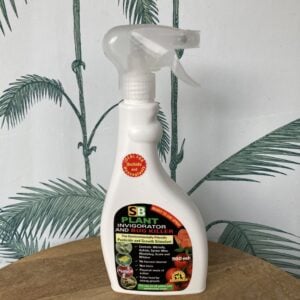Chlorosis in houseplants is a common issue where the leaves lose their green colouration due to insufficient chlorophyll production. This can be caused by various factors such as nutrient deficiencies, improper watering, poor soil quality, inadequate sunlight, and/or pests and diseases.
Sometimes, on fast growing plants, new growth can be easily misdiagnosed as chlorosis, however it’s import to correctly identify the underlying cause for effectively treating chlorosis and restoring the plant’s health.
By addressing these potential causes and implementing the corresponding corrective measures, you can effectively treat chlorosis in houseplants and promote their overall health and vigour.
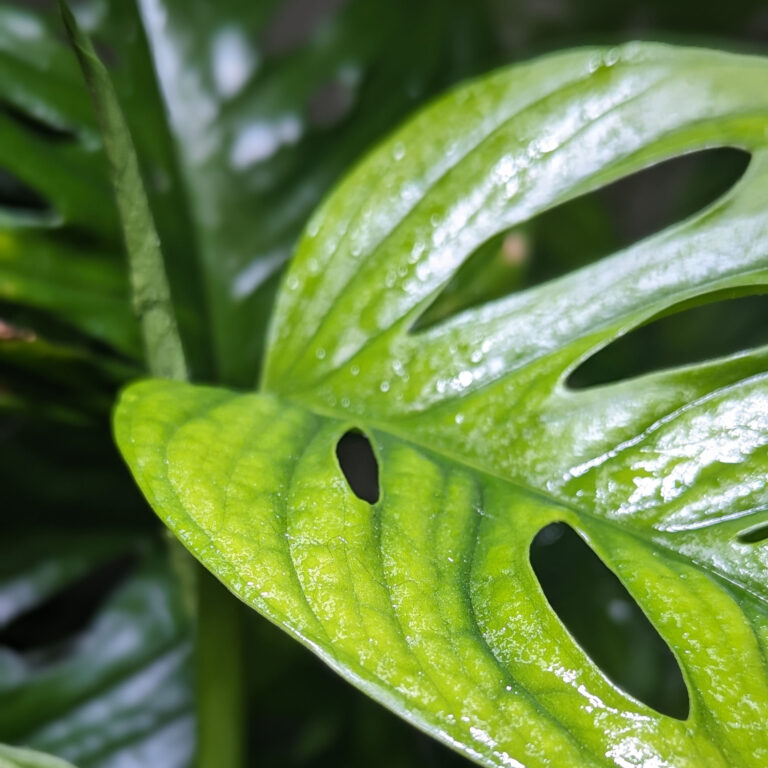
Why does chlorosis occur?
Chlorosis in houseplants is a condition where leaves turn yellow due to a lack of chlorophyll, the green pigment responsible for photosynthesis. It can be caused by various factors such as nutrient deficiencies (especially iron, magnesium, or nitrogen), poor soil drainage, or incorrect pH levels.
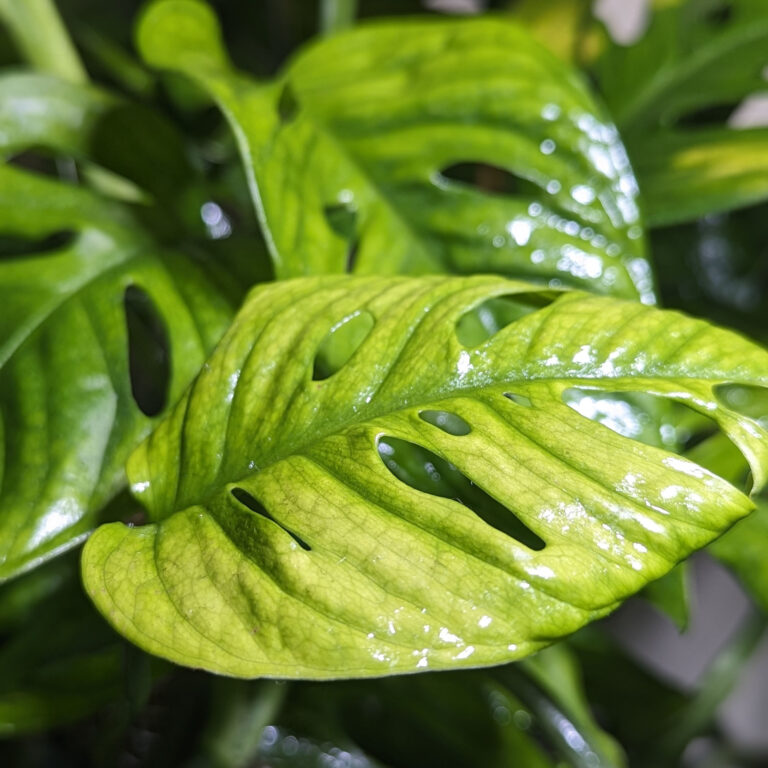
Identifying nutrient deficiencies
Iron deficiency:
Causes new leaves to turn yellow while veins remain green.
To correct that, use iron chelate or iron sulphate supplements, switch to iron-enriched fertilisers, ensure proper soil pH (slightly acidic).
Magnesium deficiency:
Leads to yellowing between leaf veins, while veins remain green.
The easiest way to correct magnesium imbalance is to apply magnesium sulphate (Epsom salt) to soil, use fertilisers with balanced nutrients, and adjust soil pH if necessary.
Nitrogen deficiency:
Causes overall pale yellowing of leaves, starting from older ones.
Use nitrogen-rich fertilisers, amend soil with compost or organic matter, and ensure proper watering to prevent further nutrient leaching.
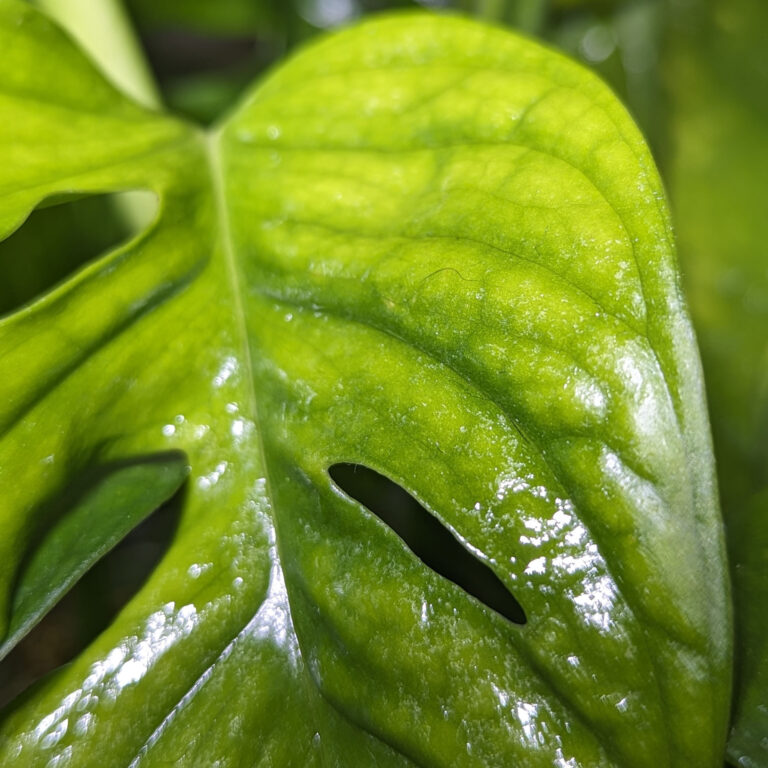
Improper watering
Overwatering:
Leads to root rot, which inhibits nutrient uptake and causes yellowing leaves.
Allow soil to dry out between watering, improve drainage by repotting in well-draining soil, and adjust watering frequency according to plant needs.
Underwatering:
Results in stress and nutrient imbalances, leading to chlorosis.
Water thoroughly when soil feels dry, maintain consistent watering schedule, consider using self-watering systems or soil moisture meters.
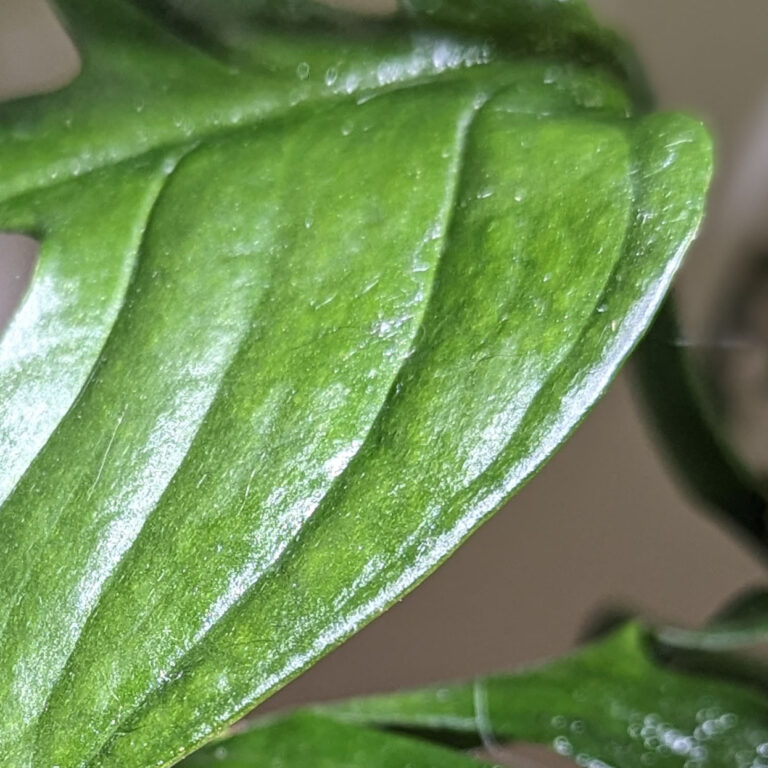
Poor soil quality
Compacted or nutrient-depleted soil can hinder root growth and nutrient uptake.
Repot in fresh, well-draining soil, incorporate organic matter to improve soil structure and fertility, consider using soil amendments like perlite or vermiculite.
As a long term measure for larger plants that cannot be repotted, consider replacing part of the top layer of the soil with fresh compost, a practice known as ‘top-dressing’.
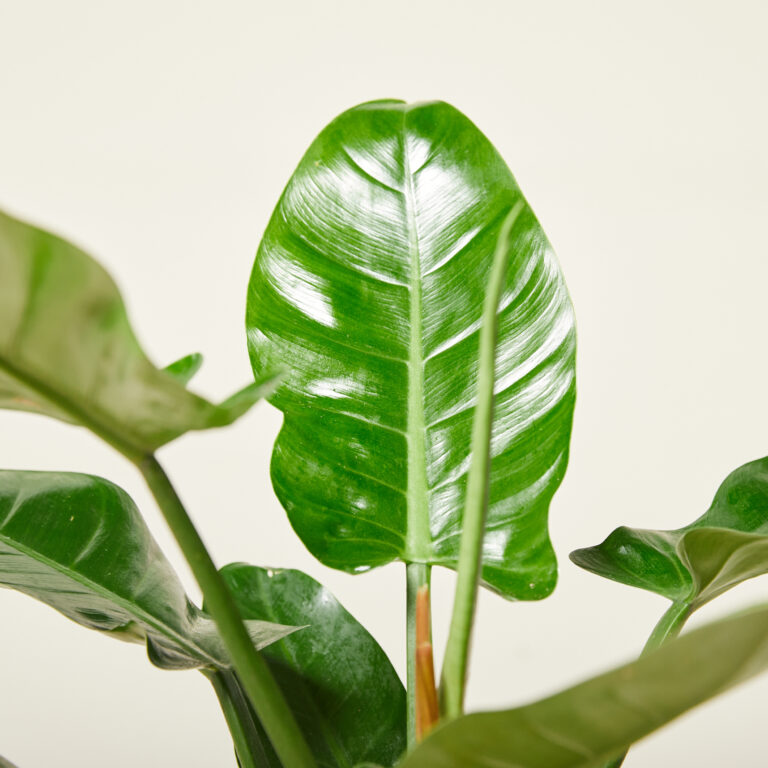
Inadequate Sunlight
Insufficient light can limit chlorophyll production and lead to yellowing leaves.
Place plants in a location with appropriate light levels (bright indirect light for most houseplants), rotate plants periodically for even light exposure.
If natural sunlight is not available, consider supplemental grow lights for plants with high light requirements.
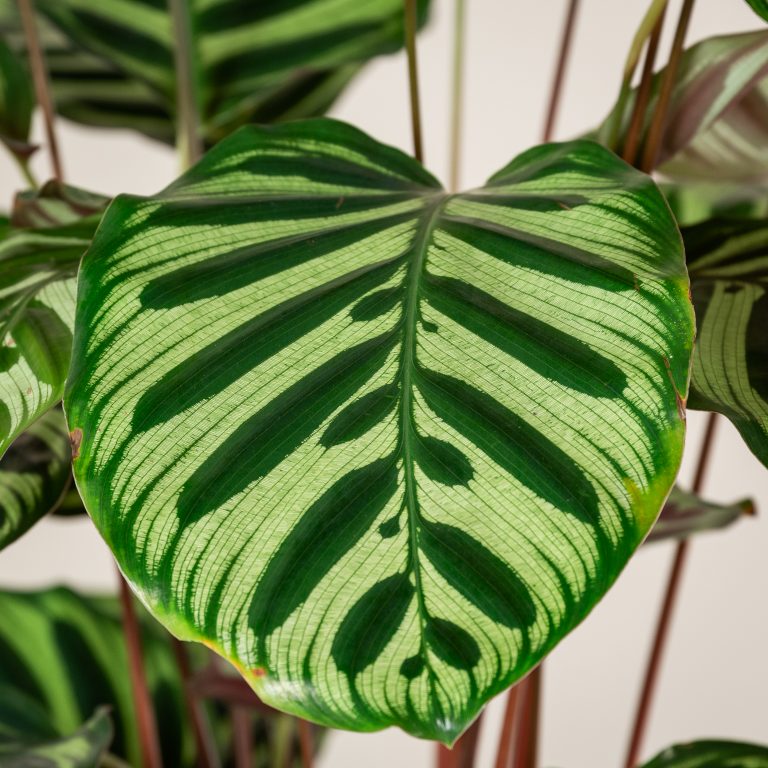
Pests and Diseases
Pests like spider mites, aphids, or fungal infections can damage plant tissues and disrupt nutrient absorption. Though technically this is not chlorosis, the symptoms can present in a similar fashion.
Inspect plants regularly for signs of pests or diseases, treat affected plants with appropriate insecticides or fungicides, isolate infected plants to prevent spread.
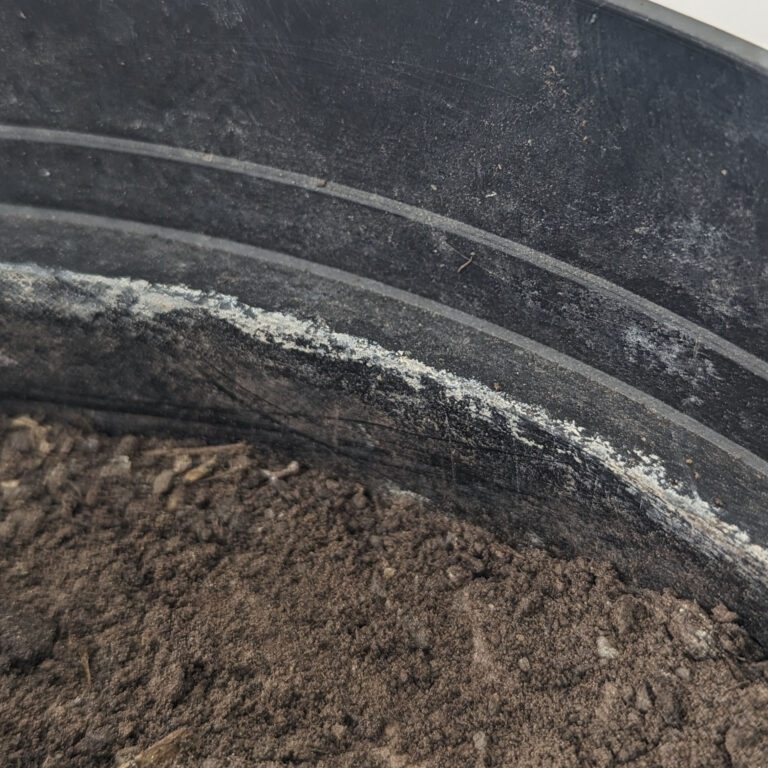
Fertiliser burn
Fertiliser burn occurs when plants are exposed to excessive amounts of fertiliser salts, usually due to over-fertilisation or improperly applied fertilisers. This can result in damage to the plant’s roots, inhibiting its ability to take up water and nutrients properly, which can manifest as chlorosis among other symptoms.
Corrective measures for fertiliser burn-induced chlorosis include flushing the soil with water to leach out excess salts, adjusting the fertilisation schedule to avoid over-application, and ensuring proper watering to help the plant recover and resume healthy growth.
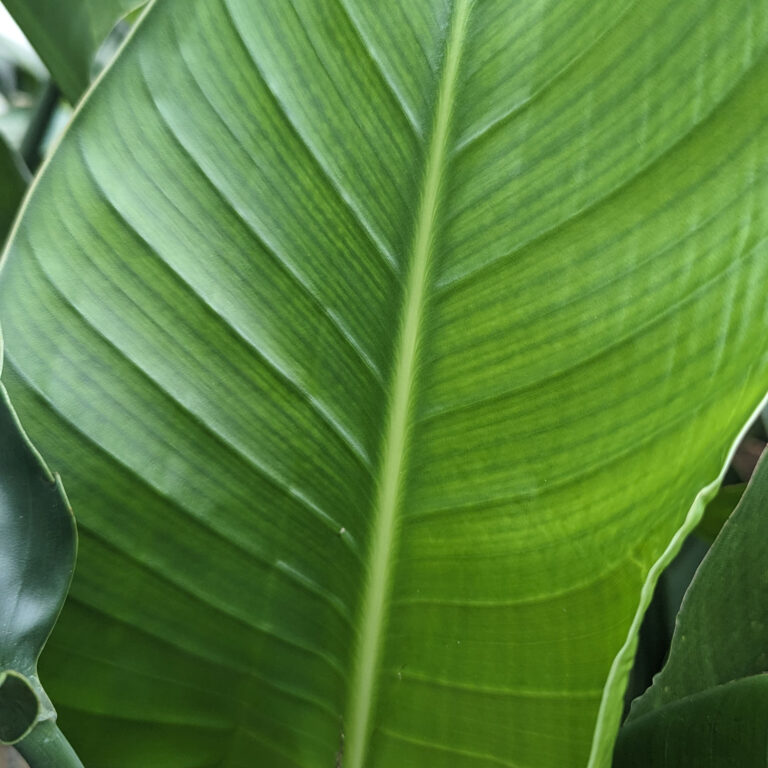
When chlorosis is not chlorosis
Especially in large leafed plants ( like gingers and bananas ), new growth can be easily misdiagnosed as a nutrient deficiency.
These plants are pushing up new growth very quickly, and unfurling of new leaves can occur in a matter of days, meaning that chlorophyl production can lag behind growth. This results in banded leaves with clearly distinguishable levels of green. The plant will eventually catch up and the leaves will turn a solid green.
If during this active growth period you didn’t apply any fertiliser, it’s best to do it as soon as possible.
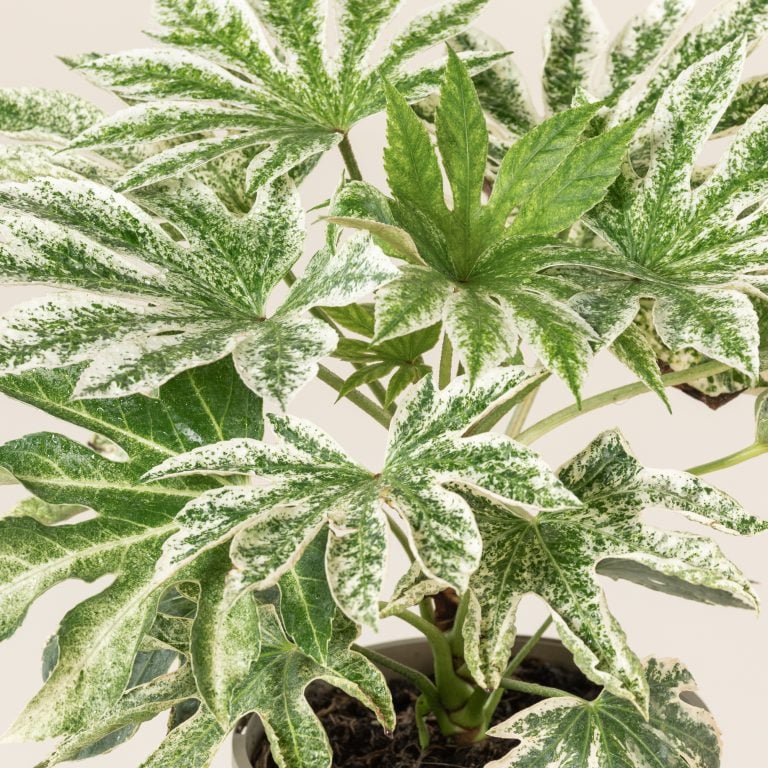
Variegation is not chlorosis
Variegated plants are (most of the time) stable cultivars where part of the leaf cells don’t produce chlorophyl.
These plants are not chlorotic, they simply express a genetic pattern. Identification of chlorosis in variegated plants may prove trickier than regular plants. Consult an expert if you suspect your variegated plant could be chlorotic.
